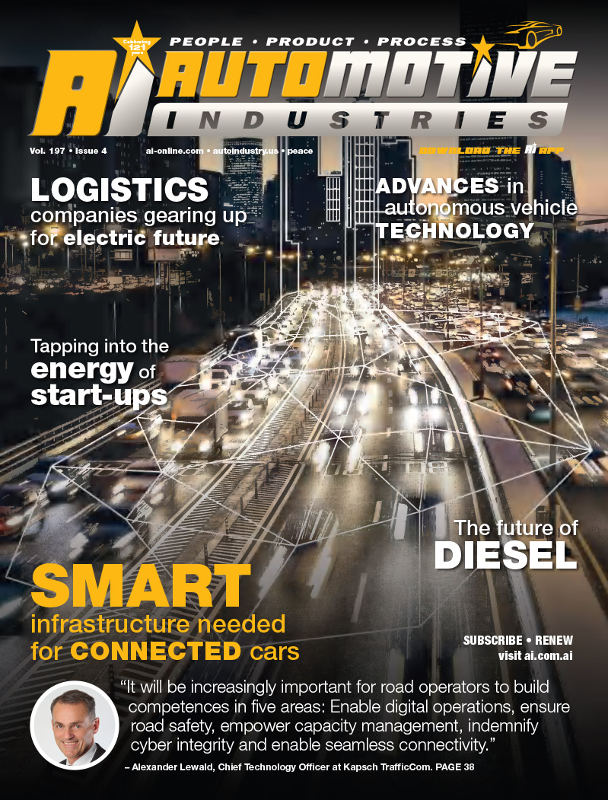
Kapsch TrafficCom (KTC) has signed a contract for a groundbreaking C-ITS (Cooperative Intelligent Transport Systems) project with the German Autobahn GmbH of the Federal Government on 4 October 2023.
The contract is expected to be worth EUR 7 million and can grow up to EUR 36 million if all conditional stages for the introduction of further services are fully confirmed.
Under the project, mobile barrier boards indicating limited-time work sites will be equipped with so-called ITS Roadside Stations (IRS), which send warning messages directly to approaching vehicles. This can reduce the risk of accidents in dangerous road works areas, as drivers are informed more quickly and directly about road works.
Carolin Treichl, Executive Vice President EMENA at Kapsch TrafficCom, explains: “We are very pleased to work with Autobahn GmbH on this pioneering European C-ITS project. Construction sites are zones with a higher risk of accidents than other road areas – and because people work on the road here, safety is particularly important.”
Design, implementation, maintenance and operation
In addition to around 1,200 IRS, Kapsch TrafficCom is supplying the cloud-based CMCC (Connected Mobility Control Center) software that controls the IRS and can also act as an interface to other traffic management systems. In addition to the installation of the hardware, which is carried out in cooperation with a local partner company, KTC is also responsible for the operation and maintenance of all system elements for a period of up to 12 years together with Autobahn GmbH.
“We have global experience with the implementation and operation of such projects to ensure the long-term availability and stability of the systems. The technology, which can also be used for urban applications, is future-proof – so further use cases can be covered with the existing hardware and software,” says Marko Frank, Sales Manager Germany at Kapsch TrafficCom.
C-ITS enables the mobility of the future
C-ITS technology can make a substantial contribution to road safety and the prevention of congestion, as relevant information can be exchanged more quickly and directly between vehicles, road infrastructure and road operators.
In addition to the essential use cases that are now being implemented in Germany, the technology can also be used, for example, to transmit warnings of traffic jams, approaching emergency vehicles or even rain or fog on the roadway, thereby preventing accidents.
In urban areas, the technology can be used above all to make high-risk zones, such as intersections, safer for all road users in order to prevent accidents and improve the general flow of traffic and mobility, whether by bicycle, car, public transport or on foot.
“Technology offers the unique opportunity to connect all elements of the transport infrastructure and thus shape the mobility of the future. Connected vehicles create more safety, reliability, speed and, above all, sustainability,” concludes Marko Frank.
More information: Connectec Vehicles | Kapsch TrafficCom
Kapsch TrafficCom is a globally renowned provider of transportation solutions for sustainable mobility with successful projects in more than 50 countries. Innovative solutions in the application fields of tolling, tolling services, traffic management and demand management contribute to a healthy world without congestion.
With one-stop-shop-solutions, the company covers the entire value chain of customers, from components to design and implementation to the operation of systems.
Kapsch TrafficCom, headquartered in Vienna, has subsidiaries and branches in more than 25 countries and is listed in the Prime Market segment of the Vienna Stock Exchange (ticker symbol: KTCG). In its 2022/23 financial year, about 4,000 employees generated revenues of EUR 553 million.














More Stories
LED Lighting for Heavy-Duty Applications: Durability, Efficiency, and Versatility
Celanese Materials Shine in Multiple Category Winners at 2024 SPE Automotive Innovation Awards
New future-ready single-slot PXIe controller for high-performance T&M applications from Pickering Interfaces